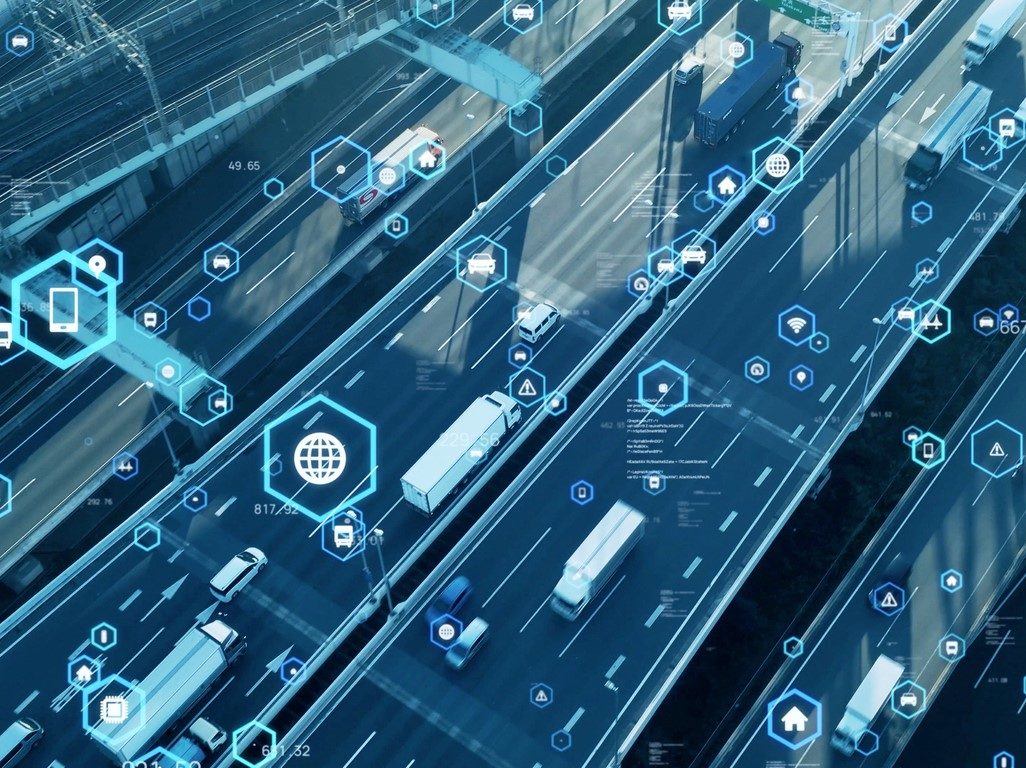
Product classification and compliance are essential yet time-consuming elements of global trade. Importers and exporters are challenged by the need to access relevant information and regulations, match product characteristics and shipment details with Harmonized Tariff Schedule (HTS) and Export Control Classification Number (ECCN) codes, and meet license requirements. In short, the trading world is a perfect candidate for artificial intelligence-based tools and capabilities, to enhance the quality and productivity of classification and compliance.
AI and machine learning today take multiple forms, from reactive (no memory, only responses) to limited memory (used to learn and improve responses), theory of mind (understanding the needs of other intelligent entities), and self-aware (human-like intelligence and self-awareness). But when it comes to traveling the AI/ML path to perfection, global trade is barely clearing the reactive AI hurdle.
Even in its infancy, however, AI can be of considerable help in managing global trade. Reactive AI models can take in large amounts of data (say from a material safety data sheet or other document with product details), extract information for classification purposes, match it with potential classifications, then ask smart questions if an immediate answer isn’t available. All this can take place in a chat that can be saved and added to the product catalog for audit trail purposes. That’s not bad for a start, especially if the model can be trained to improve its answers, has an option to cleanse data inputs, and can improve its capabilities through self-learning. (Thus upgrading from reactive AI to a limited memory or generative AI model).
Some AI bots provide only generic answers when the questions aren’t specific enough. To avoid polite and obligatory output, the AI environment can be limited to point toward specific training data, versus grabbing answers from anywhere. (Think large language models, or LLM, let loose on a contained data set.) For classification purposes, the specific reference data could be in the form of World Customs Organization (WCO) and country-specific explanatory notes, ruling database, HS tariff and descriptions, industry-specific product descriptions, or the company's own database of previous classifications.
On the compliance side, LLM and GenAI capabilities are also available. Toss into the hopper transactional data such as destination, value and product details and classifications, and the compliance model will come up with appropriate answers. When the right data is within reach of the model, license requirements can be determined by AI.
The application of AI to the global trade arena comes with several key challenges. They include:
- AI’s output is only as good as the data input. Data cleansing can help in this respect, but improving data quality also entails expanding input, which may require supply chain partners to get involved.
- All new technologies come with security concerns. Most AI models allow for data masking, in which the path to answers isn’t divulged. It’s also possible to keep the AI model as a whole behind closed doors. But don’t expect information security watchdogs to take the AI vendor or team's word for it.
- Fear of the unknown cannot be underestimated. The concern here is that AI will take jobs away. At this stage, however, with the trade compliance environment moving faster than ever before, the technology is there to assist with the job, not take it away.
Future extensions of AI in support of global trade compliance including the capability to automatically file for or generate licenses, securely collaborate with supply chain partners when additional information is needed, expand classification capabilities to support rules-based or decision tree-based approaches, and automate quality-assurance checks.
AI is here to stay and, if applied with a little common sense, can assist both today and in the future in supporting multiple trade-compliance processes.
Anne van de Heetkamp is vice president product management with Descartes.







